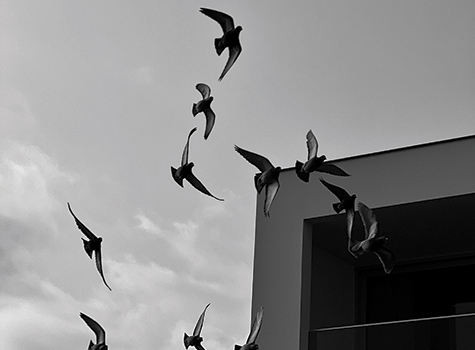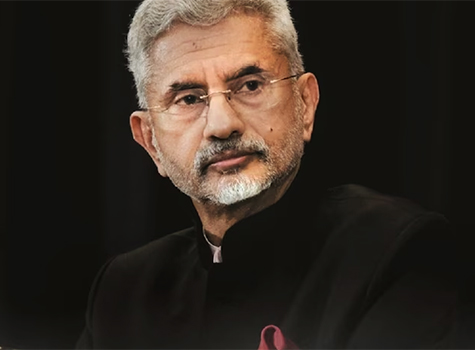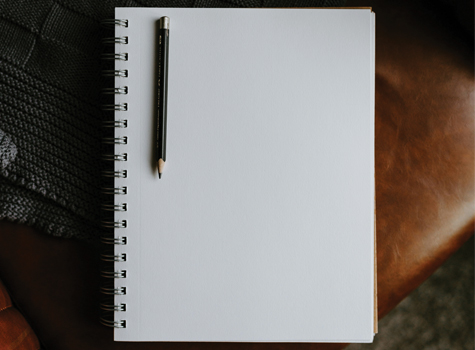
A collection, a collage, a shaping, a page of distinct and yet cohesive forms, worked out in a particular way, not always a conscious effort, you would guess, this arrangement, by someone who did this to move these pieces into these exact spots. But having shifted them, as such, as they did, you might surmise that perhaps, for them, no reasoning exists, not really, for making it. At all. This, you come to feel, is good news.
Surrendering the need to ‘make sense of’ or deduce, the person who is making will simply work on their work. Materials, feelings, and forms start to take shape, through a back-and-forth dance that does the thing it does, as it will, if you let it, quite well; if you’re lucky, these will bring you along with them right into the page. Walk. Dance. Fly. Welcome to the creative process. Blurs at the start, but intrigue, too; along the way, there’ll be a bias towards, I feel, newness, surprise, and harmony.
We put things together. We stop when the shapes seem to have arrived where they need to be. This is how it is, making a new thing, at the onset. Generating with us, regenerating, too. Parts, or the whole, get ditched at points, too, perhaps, on the way to… wherever it is we’re going.
Stop. Open your eyes. Then, step back. To examine, or reflect, or get curious, or find it uncomfortable, or want to leave. Because we are now observing what we have made. Separate from us, there it is. Our composition. When you make, you’re not just making, you’re also being reshaped, too. Art can do that. Art has a puzzling, bedazzling way.
Maybe you are pulled into the charm and mystery of a friendly conversation with someone you know and care for, or you may lose track of time because you were so absorbed. In creating something. A new thing. A potentially revealing thing, because art, and the effort and joy and pain and fear of making it, shows us, in its own way, who it is we really are. For this moment, that is. This now.
No one says you have to stay in one mode, forever. That’s the freedom of this, you get to let it emerge, and fall right in, alongside the natural way it will involve you. I know this is abstract.
Being in flow, making steps towards the making of something, without agenda or expectation, can feel like that, like you’re in a mystery. Sometimes. Airy, spare, and yet, you kind of get the sense that things are going exactly how they need to. Lifting your pieces, drawing your shapes, smoothing out this or that, adjusting, amending, deleting whole bunches of stuff, pasting blocks, adding new lines, or notes, or colors. Natural and intuitive: this is nothing at all like what we might be told we “ought†to be doing. We are at play.
There is no rulebook here. This fact is what the people I know who are making all the time, and making every day, seem to feel, too, as they tell me, and we maybe just agree with ourselves because it’s hard to find others to see it this way: that making is a goal, in and of itself.
Seeking, searching in the early days, and learning to relinquish, accept, and let go in the later ones, how our experiences influence the ways we unconsciously choose to assemble what we hold, and continue to keep, and what we let go of, is what makes our compositions and the final collections of shapes in them the picture that it will be, when we get there. “Finished.†“You’re finished?â€
You step back, tilt your head. You’ve been at it, making shapes and moving shapes and working shapes until you are ready to leave them as they are, in what feels, in some way, on some gut level, complete. Words or music or art or a walk in the park or a seasonal catch-up call. Eventually, things wind to their natural points for closure. You say, knowing this will be questioned, but saying it anyway, “I think I am.â€
Static, there it is, completed. You go on to the next thing. The next piece, the next concept, stage, trip, book, or back-and-forth exchange of messages with someone who gets it, that this is a thing, and you hold each other accountable for the continuing to try. To see. To feel. To do a thing you’ve never done, and best yourself, through these efforts.
Each of these experiences are examples, I think, of times when we get a chance to compose something. To get to the end of where the process of creating or co-creating this will take you, through what will be, hopefully, a jam session that reveals something that holds up a mirror to you, as you go. If it does, you’re doing it right. Art starts there.
Dipika Kohli is an author who is based in Phnom Penh. Discover her books at kismuth.com and other projects at dipikakohli.com.



